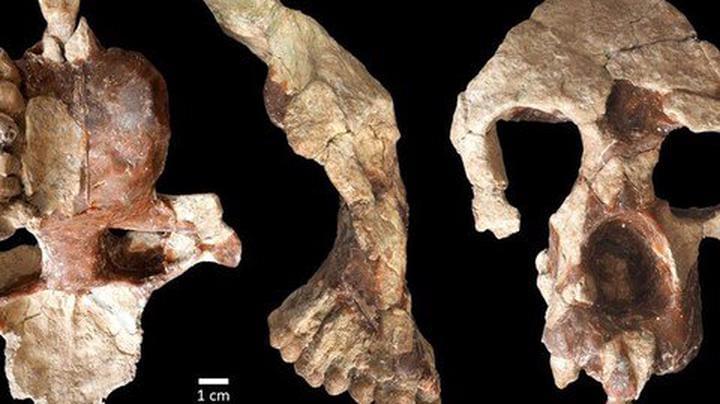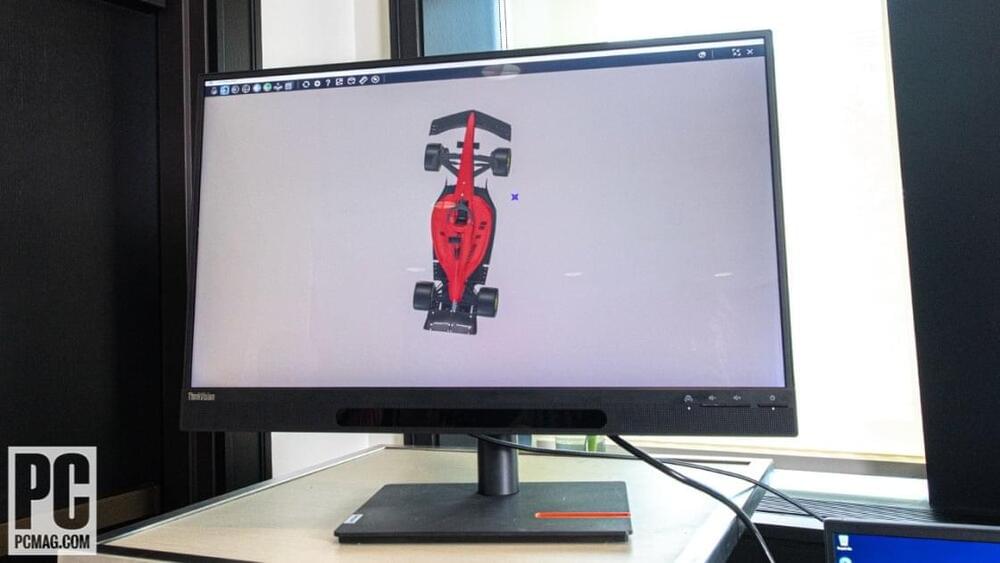According to today’s conventional scientific wisdom, time flows strictly forward — from the past to the future through the present. We can remember the past, and we can predict the future based on the past (albeit imperfectly) — but we can’t perceive the future.
But if the recent data from the lab of Prof. Daryl Bem at Cornell University is correct, conventional scientific wisdom may need some corrections on this particular point.
In a research paper titled Feeling the Future, recently accepted for publication in the prestigious Journal of Personality and Social Psychology, Bem presents some rather compelling empirical evidence that in some cases — and with weak but highly statistically significant accuracy – many human beings can directly perceive the future. Not just predict it based on the past.








